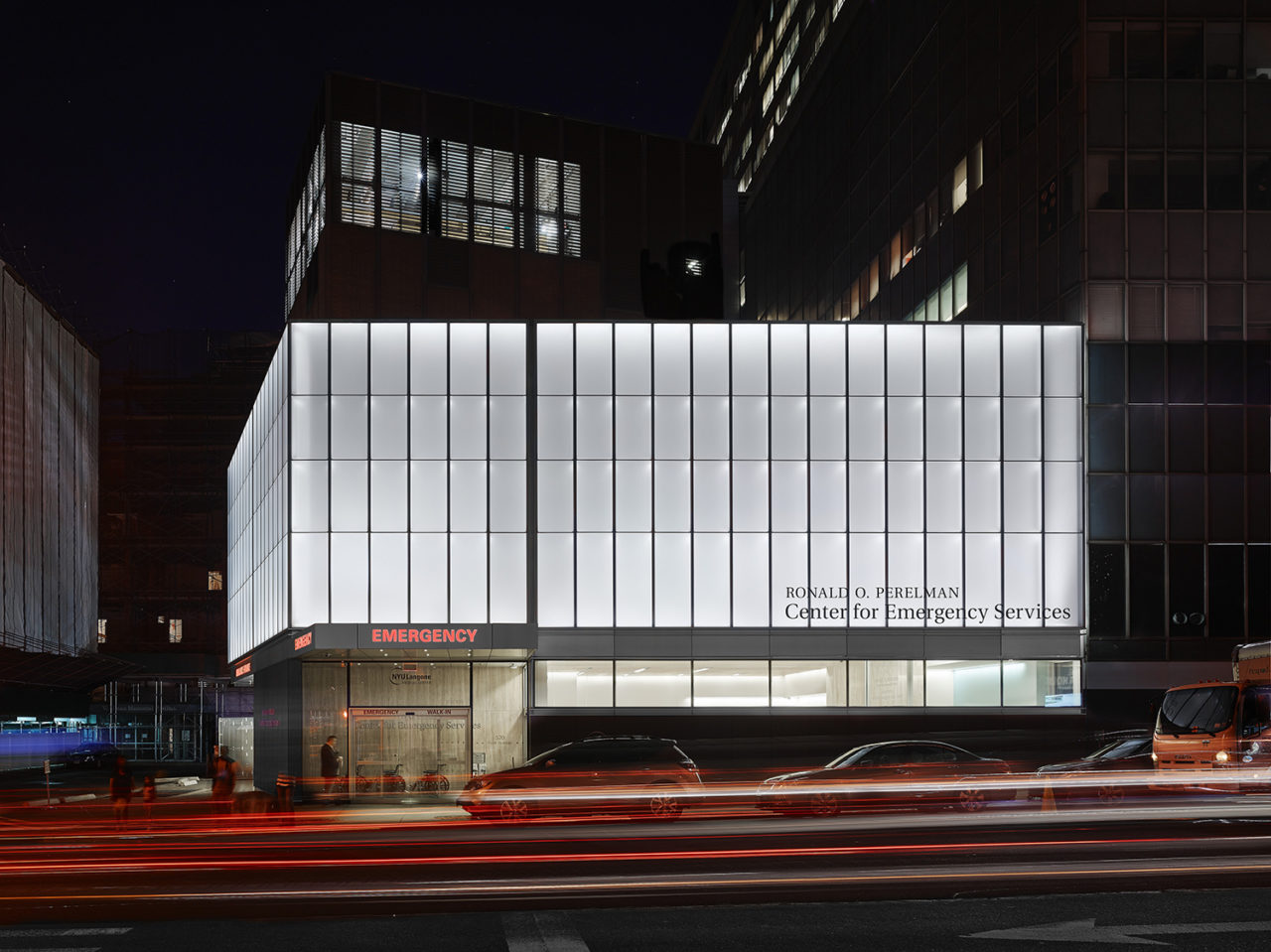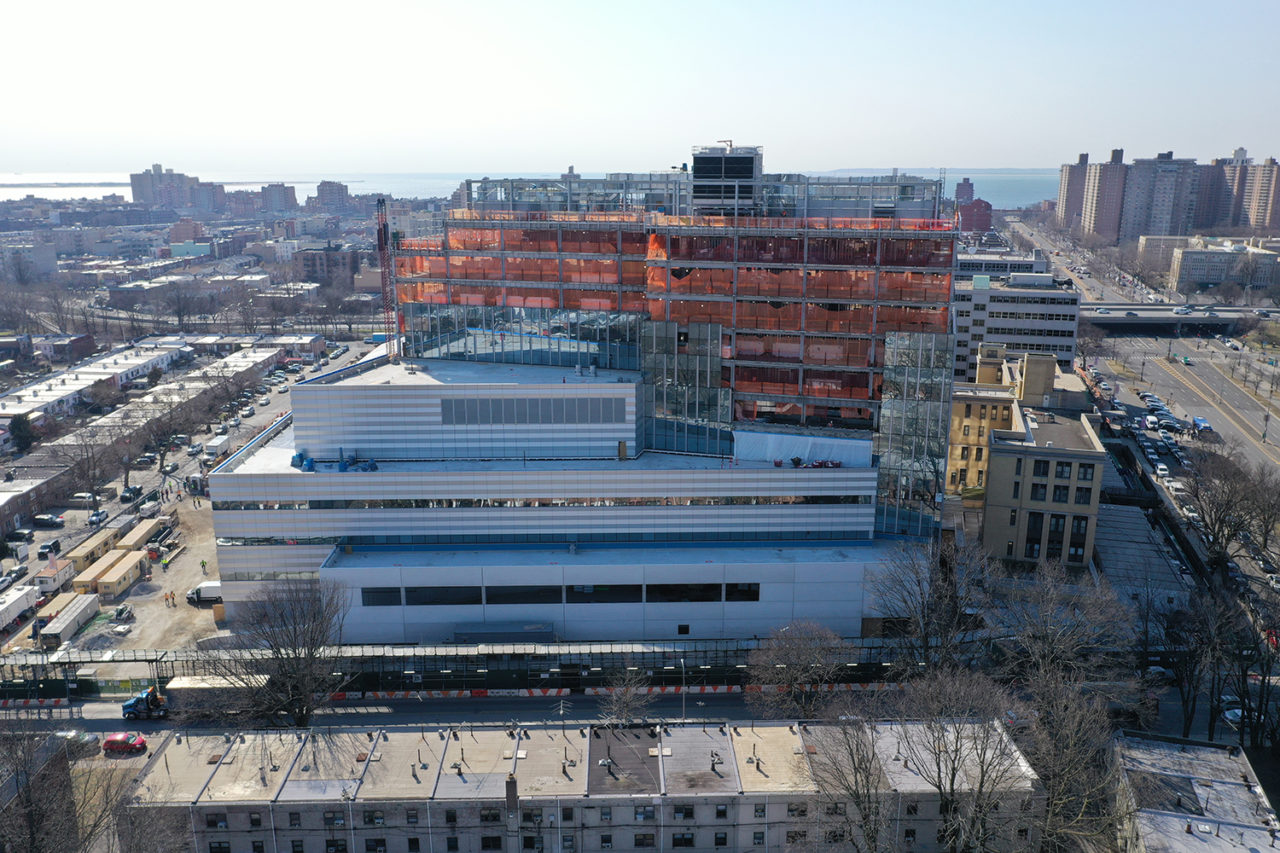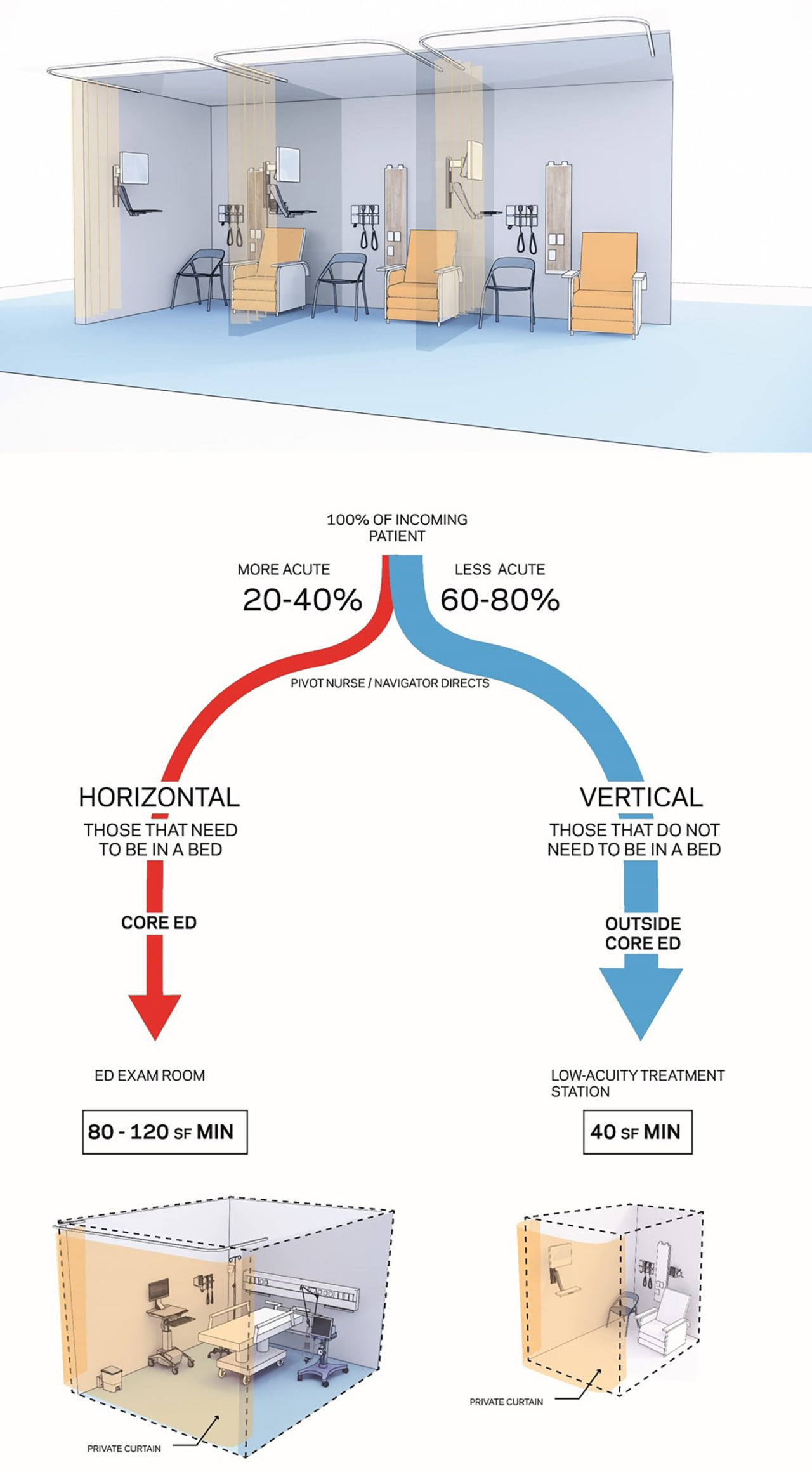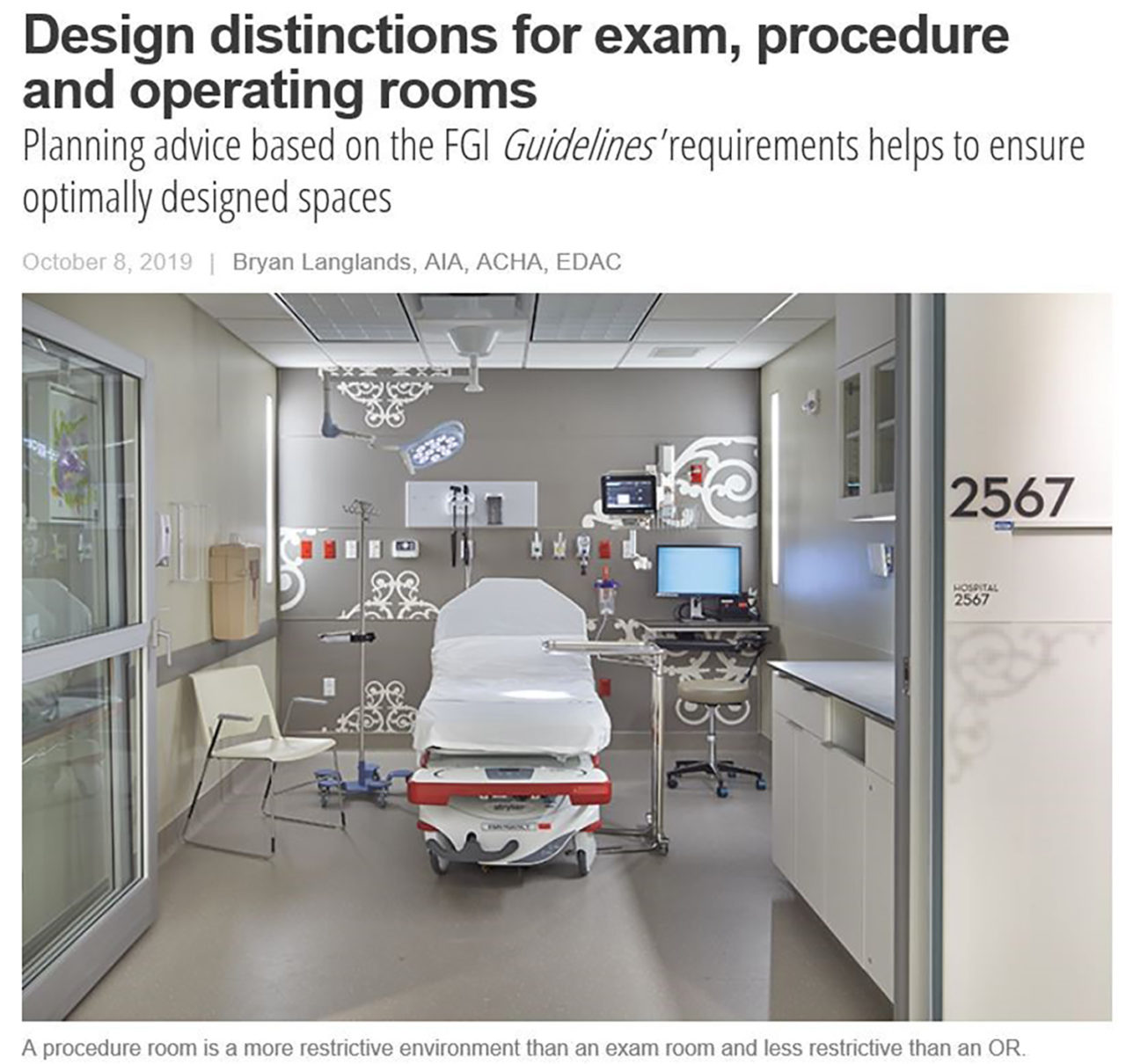by: AIA New York
As a principal and senior medical planner with NBBJ in New York City, Bryan Langland’s leadership in forward-focused thinking, knowledge sharing, and consensus building elevates the national discourse on the architecture practice of healthcare environments. Langland’s work advances the delivery of care, guiding top-tier medical institutions, and influencing regulatory change. His clients include NYU Langone Health, NY Health + Hospitals, Massachusetts General Hospital, Penn Med, Jefferson Health, and Atrium Health. Langlands is on the Steering Committee for the 2022 Edition of Facility Guidelines Institute (FGI)’s Healthcare Guidelines which sets the minimum requirements for healthcare spaces, and chairs FGI’s Beyond Fundamental initiative. He was a member of the Greater New York Hospital Association (GNYHA) COVID Surge Capacity Task Force, and speaks on the impact of the pandemic on future healthcare planning and design.
This year, the Jury of Fellows of the AIA elevated Langlands to its prestigious College of Fellows in the second category of Fellowship, which recognizes architects who have made efforts “To advance the science and art of planning and building by advancing the standards of architectural education, training, and practice,” according to the organization’s definition. Only three percent of the AIA’s membership is distinguished with Fellowship.
Q: How/why did you decide to pursue architecture?
I am going to answer this as if the question was, “…why did I decide to pursue architecture…with a focus on healthcare?” I enjoy the complexity of the work— balancing the many factors which need to be considered in designing spaces that support clinical care while often pushing the envelope on strict regulatory requirements. The technical challenge attracts me but there is also the emotional investment that comes from working with clinicians to design spaces that are efficient, support the delivery of complex clinical care, and impacts, in a positive way, the wellbeing of staff, patients and visitors.
Q: What is influencing your work the most right now?
Always has, and probably will always continue to be, the changing landscape of healthcare delivery, technological advancements, and the political instability related to healthcare coverage, policy and reimbursement. Healthcare planning and design constantly evolves and transforms, in its response to what is happening in our country, and it has never been under so much stress as it is today with COVID-19. Not only are we trying to get control over the pandemic, but we also have a responsibility to address the inequities in our healthcare system that the pandemic has highlighted.
Q: What has been particularly challenging in your recent work?
Without a doubt, COVID-19 has challenged us to rethink how we plan and design healthcare spaces. The first part of last year was focused on advising clients on how to increase the number of patient beds available, however more recently the work is focusing on their campus plan for future pandemics—what I call “pandemic preparedness”. To understand what infrastructure should be included in a building, it is essential to take a step back and ask, “how does this project or building fit into the overall campus resiliency plan for future pandemics?”
Q: What are some of your favorite recent projects that you’ve worked on?
Some architects answer this by saying, “…their favorite project is the next one.” I don’t like that answer. While I am currently involved with many projects from planning to construction, I am going to say my favorite recently completed project is the NYU Langone Health System – Helen L. & Martin S. Kimmel Pavilion that NBBJ planned and designed in association with Ennead. The project is in NYC, the model of care delivery was integrated into the planning and design of the building, which in turn led the way for regulatory change in regard to healthcare design requirements.
Q: What are your thoughts on architectural education today?
The other day a young man emailed me and asked if I had some time to talk to him about architecture school. With that one phone call in which he asked insightful questions about architectural education and our profession, I realize that I am very hopeful about where we are academically. Where I think we have a lot of work to do is in outreach with a focus on addressing the lack of diversity in our schools—gender, race, economic, and cultural. I have recently joined the AIA AAH (Academy of Architecture for Health) Board and my area of focus is Education. The Board has identified this as one of our challenges that we are actively working on.
Editors’ Note: This feature is part of a series celebrating the members of the American Institute of Architects (AIA) New York Chapter who are elevated each year to the AIA College of Fellows, an honor awarded to members who have made significant contributions to both the profession and society. Learn more about Fellowship here.













